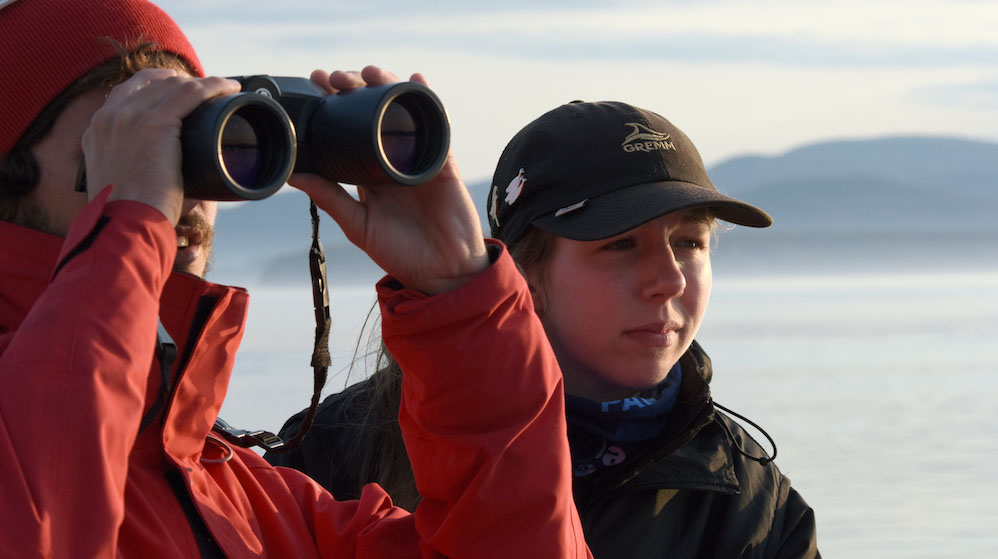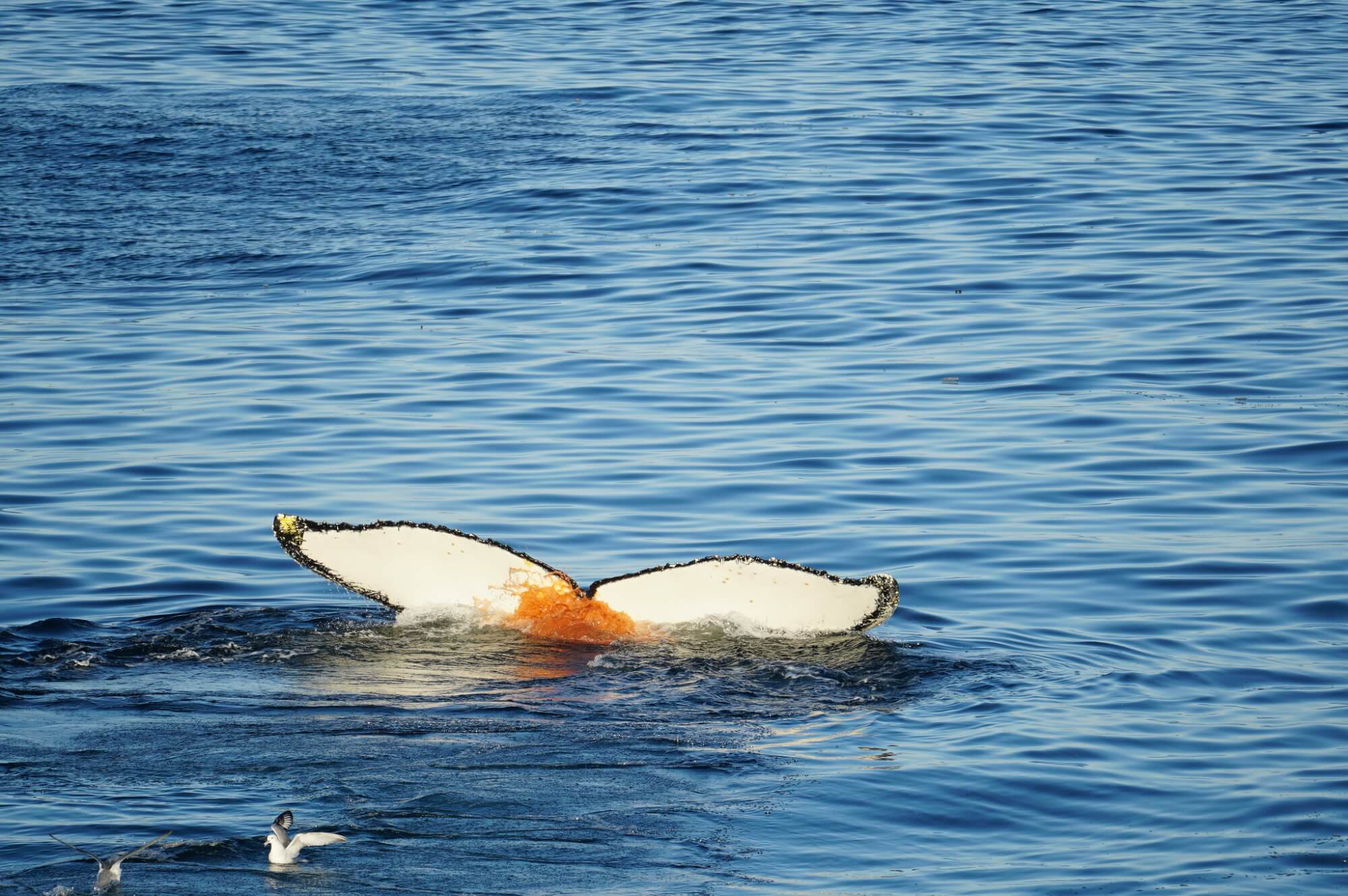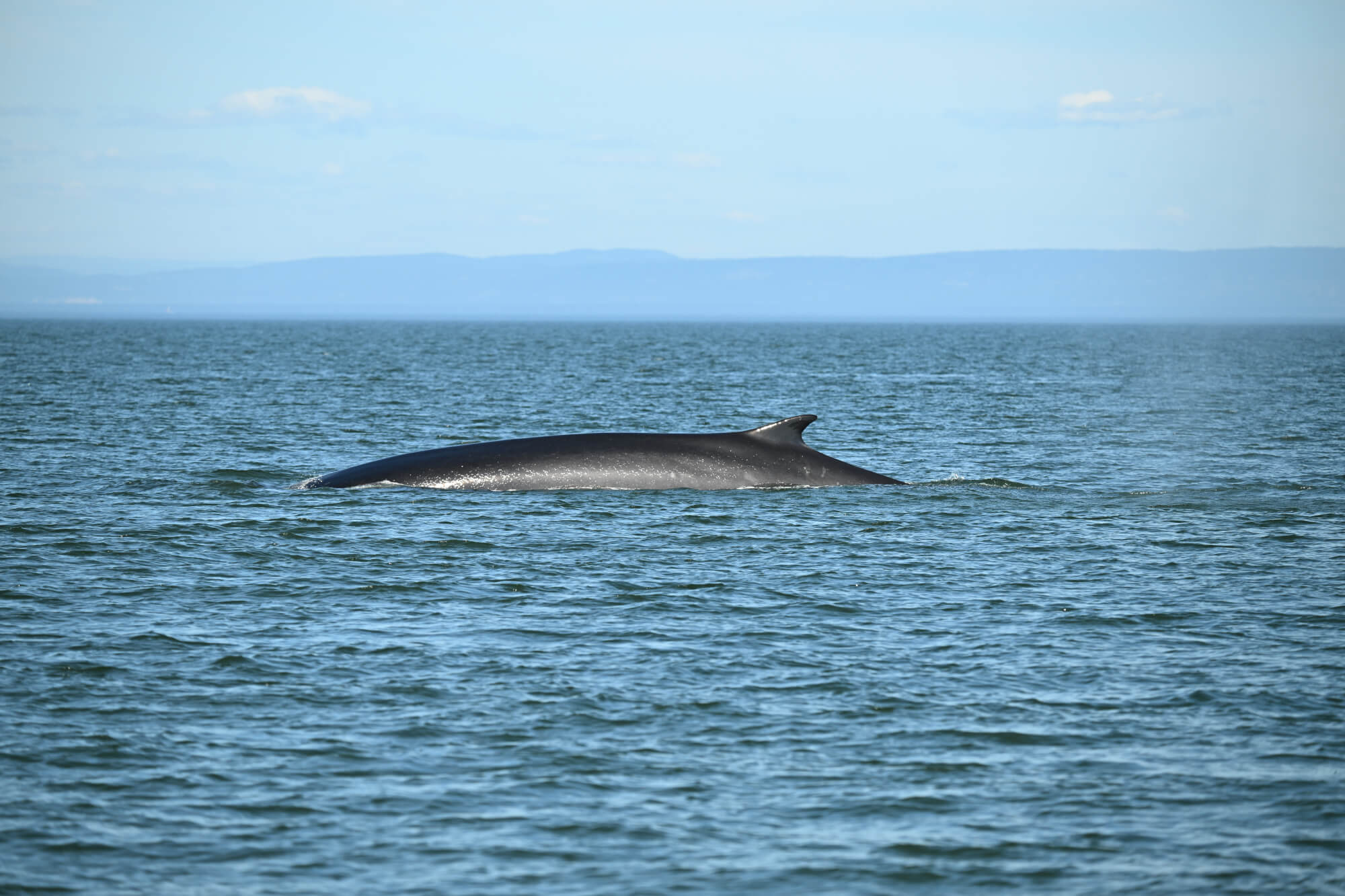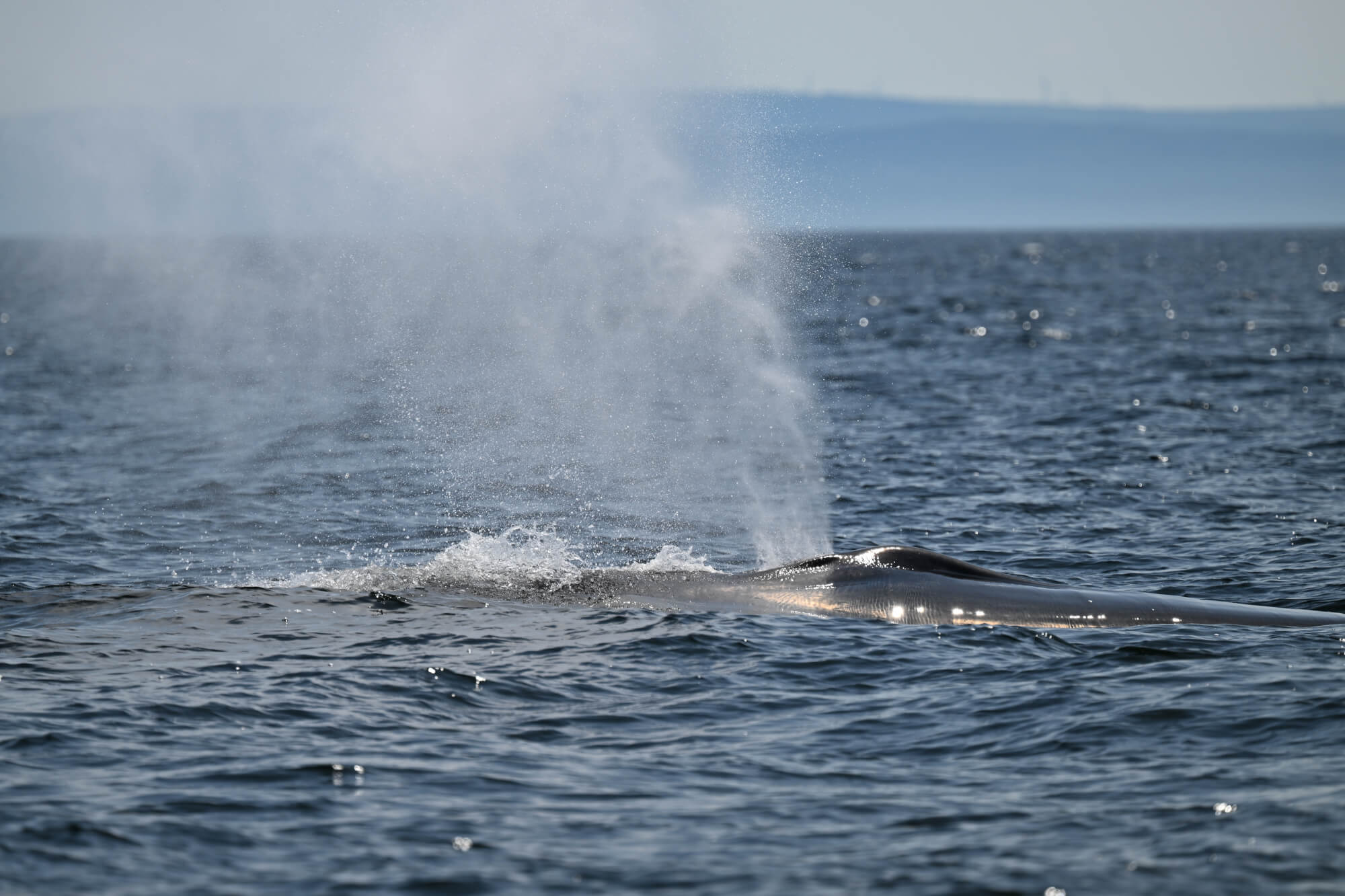Omura’s whale (Balaenoptera omurai), formerly considered to be a “pygmy form” of the Bryde’s whale, was recognized as a full species in 2003. This fall, an international team published the results of the first observations of this species in the shallow waters off the coast of Madagascar. Scientists are plotting the detailed ranges of this population while focusing on its feeding, communication and reproduction strategies.
First Observations of Omura’s Whale
Two years of research were necessary to accurately confirm the identity of the whales. Led by researcher Salvatore Cerchio of the New England Aquarium and the Woods Hole Oceanographic Institution, the team of international experts observed 44 groups of whales and analyzed DNA samples from 18 individual adults on the northwest coast of Madagascar. Hundreds of photos and videos were collected. This is the first detailed description of the distribution and the lifestyle of Omura’s whales as well as the first documented presence of the species in the western part of the Indian Ocean. The results of the study were published in the journal Royal Society Science Open in October 2015. These findings demonstrate that it is likely a tropical species and the population encountered in Madagascar is believed to be small, isolated and resident of these waters. Food, possibly masses of zooplankton, was observed being gulped on several occasions. Observations of mothers with their calves, coupled with voice recordings, also revealed aspects of their reproductive strategy.
The Most Poorly Understood Whale on the Planet

For decades, Omura’s whale specimens were captured and identified as a “dwarf” or “pygmy” form of the Bryde’s whale, both species being essentially the same size and both inhabiting the tropical waters of the Indian Ocean. At the time, the species was only known from eight catches by Japanese whalers in the 1970s and from a few strandings that occurred in the Sea of Japan. Thanks to genetic studies, Omura’s whale was officially recognized as a full species in 2003. The International Union for Conservation of Nature (IUCN) has listed the species as “data deficient” due to the lack of information on the size of the population and its distribution. Very few observations of this species in its natural environment have been made to date.
The difficulty in observing Omura’s whale is notably attributable to its habitat far from shore (at sea), its small size (between 10 and 12 m), its inconspicuous spout, and its resemblance to Bryde’s and sei whales. However, like the fin whale, Omura’s whale has a unique attribute. It has asymmetric pigmentation: pale colouring on the jaw and belly of the right side and dark on the left.
Further Research
Beginning in November, the team of Dr. Cerchio plans to undertake a new expedition in Madagascar to try to obtain an initial estimate of the abundance of a population of Omura’s whales, further knowledge on their vocal behaviour and a better understanding of the dangers threatening these whales.
Sources:
On the Royal Society Open Science website: Omura’s whales (Balaenoptera omurai) off northwest Madagascar: ecology, behaviour and conservation needs
Find out more here:
On the Woods Hole Oceanographic Institution website: New Study Provides First Field Observations of Rare Omura’s Whales
On the Gentside website: Une espèce très rare de baleine dévoile ses secrets au large de Madagascar
On the IUCN, International Union for Conservation of Nature website: Balaenoptera omurai





